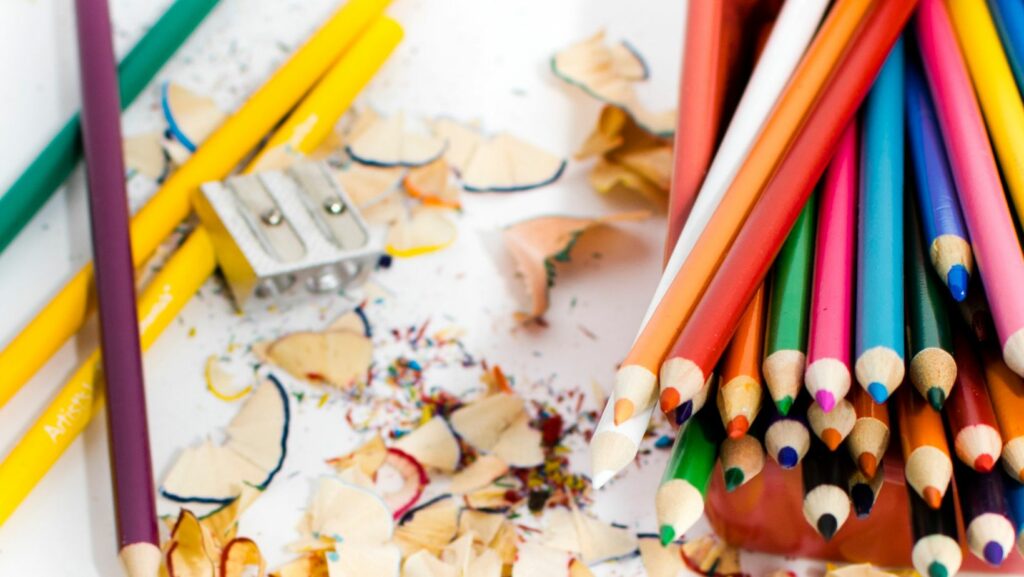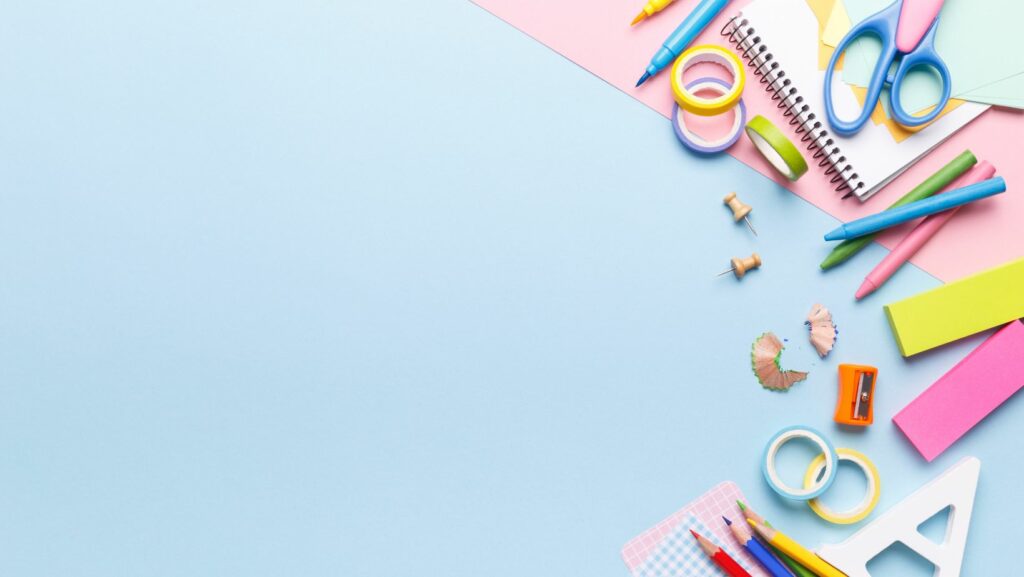Types of Art Supplies
My focus first turns to the fabulous array of drawing tools and accessories. Pencils, available in varied hardness ranging from 9H (hard and light) to 9B (soft and dark), let you experiment with subtle shades and strong, bold lines. Charcoals, be it vine or compressed, are ideal for artists eager to play with natural, textured lines.
Your paper also affects your drawing’s final outcome. For instance, a smooth, cartridge paper best suits detailed pencil drawings. In contrast, textured, heavier-weight paper lets your charcoal triumph by enhancing depth and contrast.
Paints and Brushes
 Moving on to paints, watercolors, oils, and acrylics each have their unique charm. Watercolors blend effortlessly, enhancing fluidity in your work. Your artwork dries quickly with acrylics, letting you overlay colors without muddying them, and their vibrant finish is remarkable. Meanwhile, oil paints, with their long drying time, are perfect for artists who like to work slowly, adding detailed layers.
Moving on to paints, watercolors, oils, and acrylics each have their unique charm. Watercolors blend effortlessly, enhancing fluidity in your work. Your artwork dries quickly with acrylics, letting you overlay colors without muddying them, and their vibrant finish is remarkable. Meanwhile, oil paints, with their long drying time, are perfect for artists who like to work slowly, adding detailed layers.
In balance with paints, different brush types play a vital role in what you can achieve on canvas. Flat brushes create broad brushstrokes or edges, while round brushes are perfect for detailing and line work. Filbert brushes blend the best of both, facilitating detailing and covering larger areas. Fan brushes, with their unique shape, help create interesting textural effects.
Essential Art Supplies for Beginners
Embarking on an artistic journey demands a select set of tools. Especially for beginners, identifying the right equipment plays a crucial role in shaping their experience and skills.
Choosing the Right Supplies for Different Art Forms
 Evaluating suitable supplies aligns with the art form you prefer. For sketching and drawing, the use of pencils like HB or 2B, combined with quality sketch papers and erasers, constitutes a firm foundation. The creation of digital art necessitates investing in a quality drawing tablet, such as those from Wacom or Huion.
Evaluating suitable supplies aligns with the art form you prefer. For sketching and drawing, the use of pencils like HB or 2B, combined with quality sketch papers and erasers, constitutes a firm foundation. The creation of digital art necessitates investing in a quality drawing tablet, such as those from Wacom or Huion.
Being keen on painting translates into stocking up on oil paints, watercolors, or acrylics, along with suitable brushes varying in size and shape per requirement. Also, canvases or quality grade painting papers should be added alongside.
Remember, ceramics isn’t an exception. Hobby ceramists would benefit from obtaining sculpting tools, earthenware clay, underglazes, and a reliable kiln, if pursuing the art form passionately. Textiles artists, on the other hand, would need a good sewing machine, threads, fabrics, and possibly a fabric dye.
In a nutshell, every art form entails specific supplies, aligning with the technique and the expected output. Therefore, beginners must do some groundwork, identify their preferred medium, and choose supplies accordingly. Opt for high-quality materials which will endure in the journey of art.
Advanced Art Materials for Professional Artists
 Diving deeper, I’d now spotlight specific art tools for proficient artists. These supplies often introduce innovative and groundbreaking technologies, enabling professionals to push traditional boundaries and create distinctive work.
Diving deeper, I’d now spotlight specific art tools for proficient artists. These supplies often introduce innovative and groundbreaking technologies, enabling professionals to push traditional boundaries and create distinctive work.
In recent years, technology’s burgeoning presence in the art world yields an array of advanced supplies. Touchscreen tablets, like the iPad Pro, coupled with sophisticated apps such as Procreate and Adobe Illustrator, accord artists a digital canvas to sketch and paint. Digital brushes mimic traditional mediums, they create watercolor, oil, and charcoal effects without involving physical tools or materials.
3D printers also shape the landscape for contemporary artists. They transfigure digital designs into tactile art, redefining sculpture creation. On a different note, airbrushing tools proffer fine detail rendering and even coating application with minimal effort.
Art markers too, step beyond the traditional scope. Brands, including Copic and Prismacolor, offer alcohol markers that provide seamless blending and a broad spectrum of market-leading colors. Lastly, light boxes and tracing tablets, previously an exclusive domain of animators and fashion designers, are now integral to many professional artists’ workflows, useful for refining sketches and perfecting line art.
Intrinsic to embracing these technologies is the understanding that they do not replace classic materials. Instead, they foster flexibility, offering artists novel ways of conceptualizing and realizing their creative vision.



